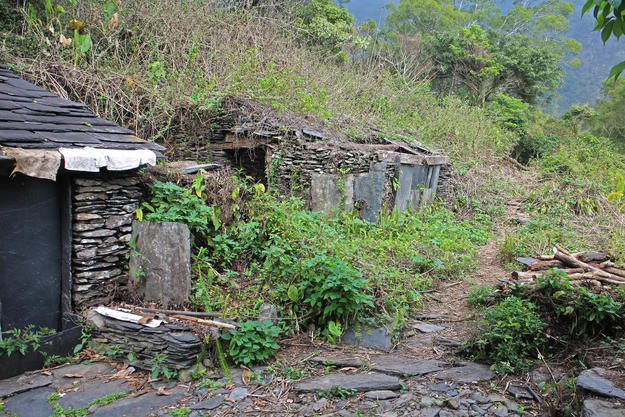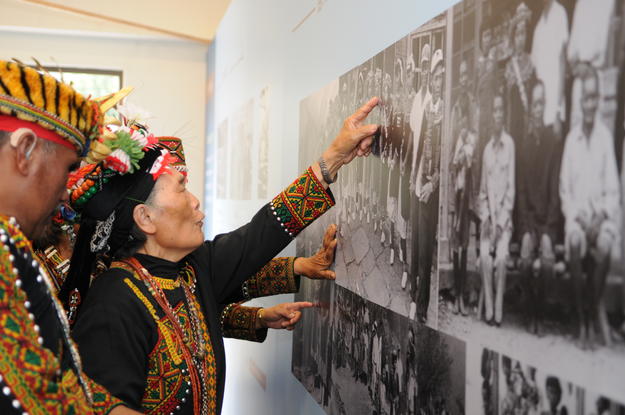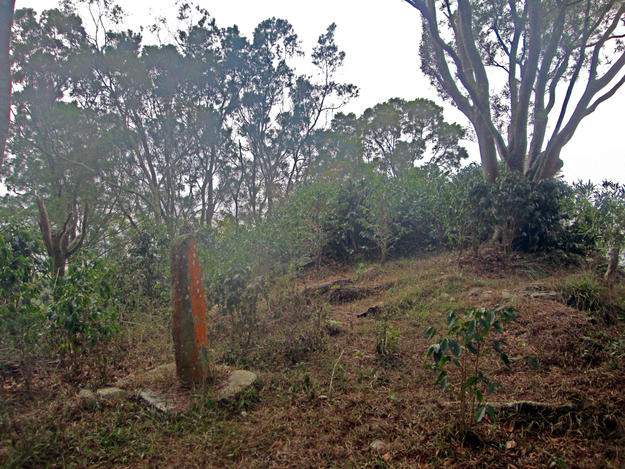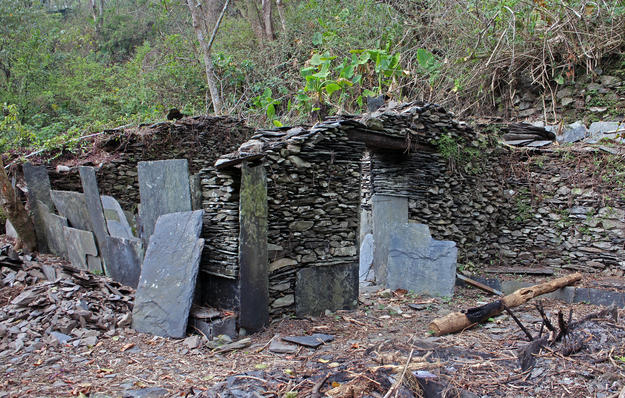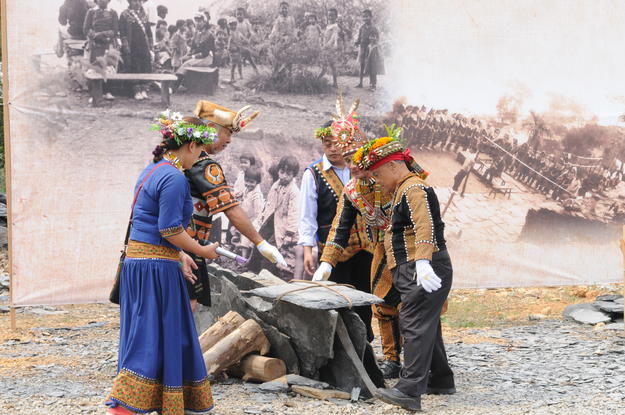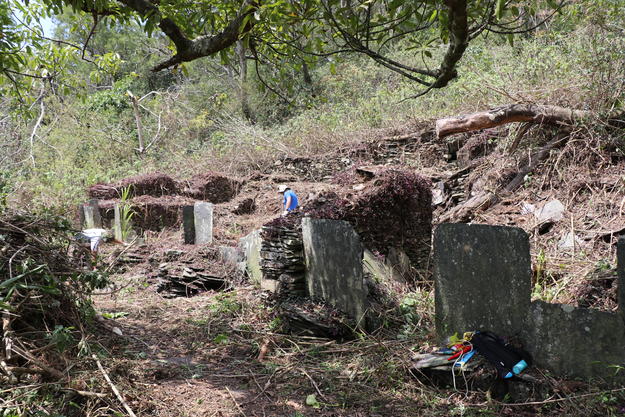Kucapungane
2016 World Monuments Watch
In 1974 the council of the Kucapungane Rukai, one of Taiwan’s indigenous Austronesian tribes, decided to move their settlement from their ancient home to a new town, in order to be closer to modern infrastructure. The tribe had lived in Kucapungane for many centuries: a 600-year old Rukai legend tells of a hunting party that tracked a clouded leopard until it stopped near a pond facing the North Dawu Mountain. The leopard refused to leave, so the hunting party built a village close by. After flooding struck their new settlement in 2009, the group was forced to relocate once again, and their numbers have dwindled as young members of the community have moved to cities to seek work. The Kucanpungane Rukai number just over 3,000 members, now spread across Pingtung and Taitung counties. In spite of their dispersal into the surrounding region, their cultural memory remains, with many of the elders still holding on to the oral traditions of the tribe.
Since it was abandoned, over 40 years ago, the ancient village has deteriorated, with much of it being reclaimed by vegetation and almost all of the houses succumbing to some degree of collapse. Frequent typhoons continue to cause major damage, which is exacerbated by the site’s already vulnerable condition. Nevertheless, the abandoned settlement still remains almost complete in plan, with 163 houses, many built from hand-cut black and grey shale slabs. The construction system is remarkable, with some of the slabs topping five feet in height. The Rukai still see the village as their spiritual homeland and continue to visit the site, with a few families making frequent trips, though they do not have the capacity to repair and preserve the buildings alone. The Taiwanese government has designated the site as a national monument, but in the face of these challenges it is going to be ever more difficult to keep it from deteriorating.
The 2016 World Monuments Watch highlights the importance of the fragile physical remains of Kucapungane as well as the associated intangible Rukai heritage—the stories, the skills, and the beliefs that create and sustain the living heritage of the region.
Watch Day
For Watch Day, the Taiwanese Ministry of Culture organized a photography exhibition, demonstration of traditional slate construction techniques, and 3-day field trip to the abandoned village of Kucapungane.
Since the Watch
A collaboration between the Taiwanese Ministry of Culture, the Bureau of Cultural Heritage (BOCH), the Pintung County Government, and leaders of the Rukai tribe was announced at a press conference in December 2015. The groups will work together to preserve the site and ensure that the relevant conservation skills are passed on to the next generation.

